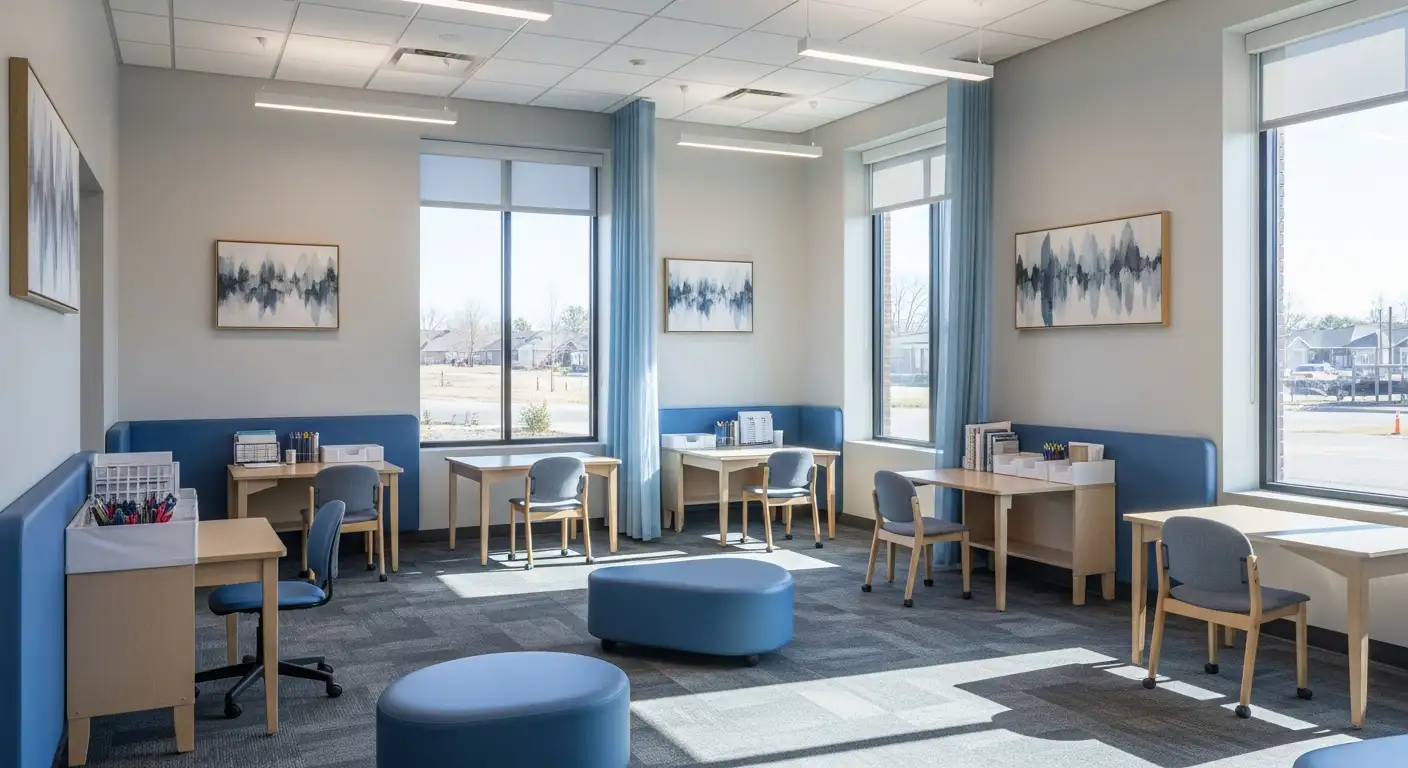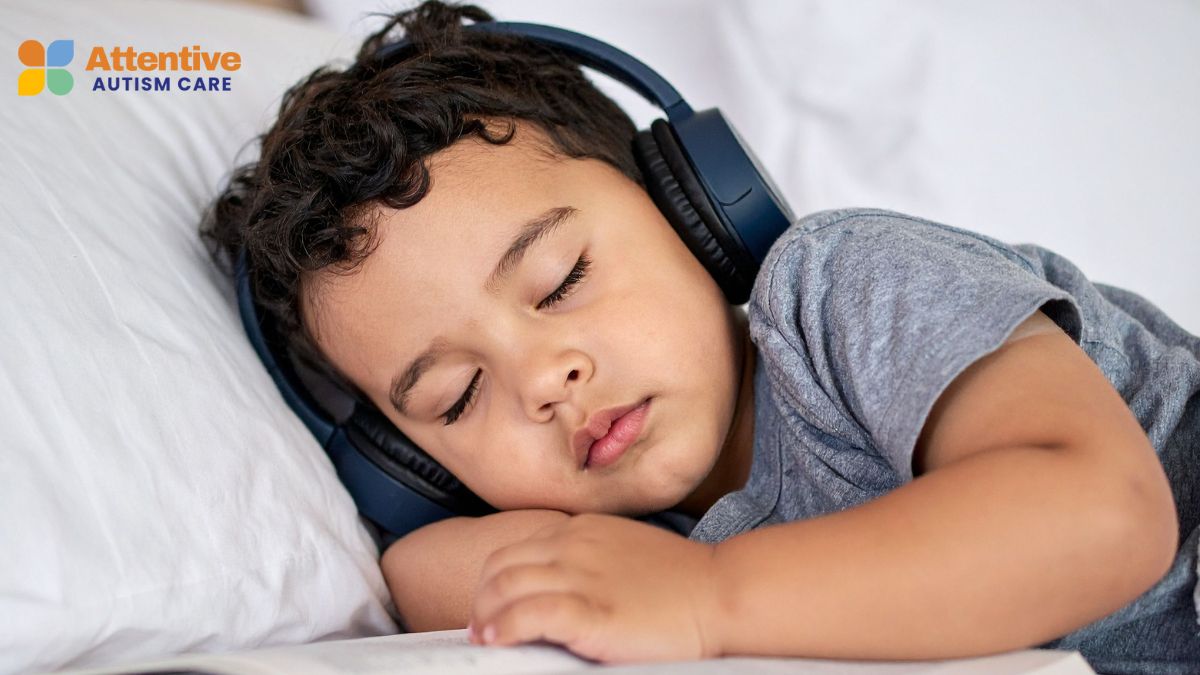Tourettes And Autism
Unraveling the Complex Relationship Between Tourettes and Autism

Understanding the Intersection of Two Neurodevelopmental Conditions
Tourettes syndrome and autism spectrum disorder (ASD) are both complex neurodevelopmental conditions that often co-occur, share overlapping symptoms, and involve distinct yet interconnected neurological and genetic factors. As awareness increases, it becomes crucial to differentiate their features, explore their comorbidities, and understand the latest research findings to improve diagnosis, treatment, and support strategies for affected individuals and their families.
Core Clinical Features of Tourette Syndrome

What are common symptoms and clinical features of Tourette syndrome?
Tourette syndrome (TS) primarily manifests through involuntary movements and sounds known as tics. These motor and vocal tics are sudden, repetitive, and uncontrollable actions or noises. Motor tics may include eye blinking, facial grimacing, shoulder shrugging, head jerking, and other quick movements. Vocal tics encompass throat clearing, grunting, sniffing, and repetitive speech or sounds.
Most individuals with TS experience their first symptoms between ages 5 and 7. Typically, motor tics appear first, followed by vocal tics as the condition progresses. The severity and frequency of tics can vary widely — sometimes they are mild or infrequent, and at other times, more persistent and disruptive.
An important feature of TS is the presence of premonitory urges. These are uncomfortable sensations or feelings that precede the tics, prompting the individual to perform the movement or sound to relieve the sensation.
Stress, excitement, or fatigue often exacerbate tics, while some individuals report relief after engaging in certain rituals or activities. Tics tend to improve as individuals reach adolescence and adulthood; many see a reduction in symptoms or complete remission by age 18.
Although primarily neurological, TS often occurs alongside other conditions such as Attention-Deficit/Hyperactivity Disorder (ADHD), Obsessive-Compulsive Disorder (OCD), anxiety, and learning disabilities. These comorbidities can influence the severity and impact of TS symptoms on daily life.
Summary Reference:
- Tics in TS are sudden movements or sounds, often preceded by premonitory urges, with symptom severity that can fluctuate over time.
- Common motor tics include eye blinking and facial grimacing. Vocal tics may involve throat clearing and repetitive sounds.
- Symptoms often begin early in childhood, with many experiencing a reduction in adulthood.
- Stress or excitement can worsen tics, which are sometimes relieved by specific urges or rituals.
- Comorbid conditions like ADHD and OCD are frequently observed alongside TS, affecting overall clinical presentation.
Characteristics of Autism Spectrum Disorder
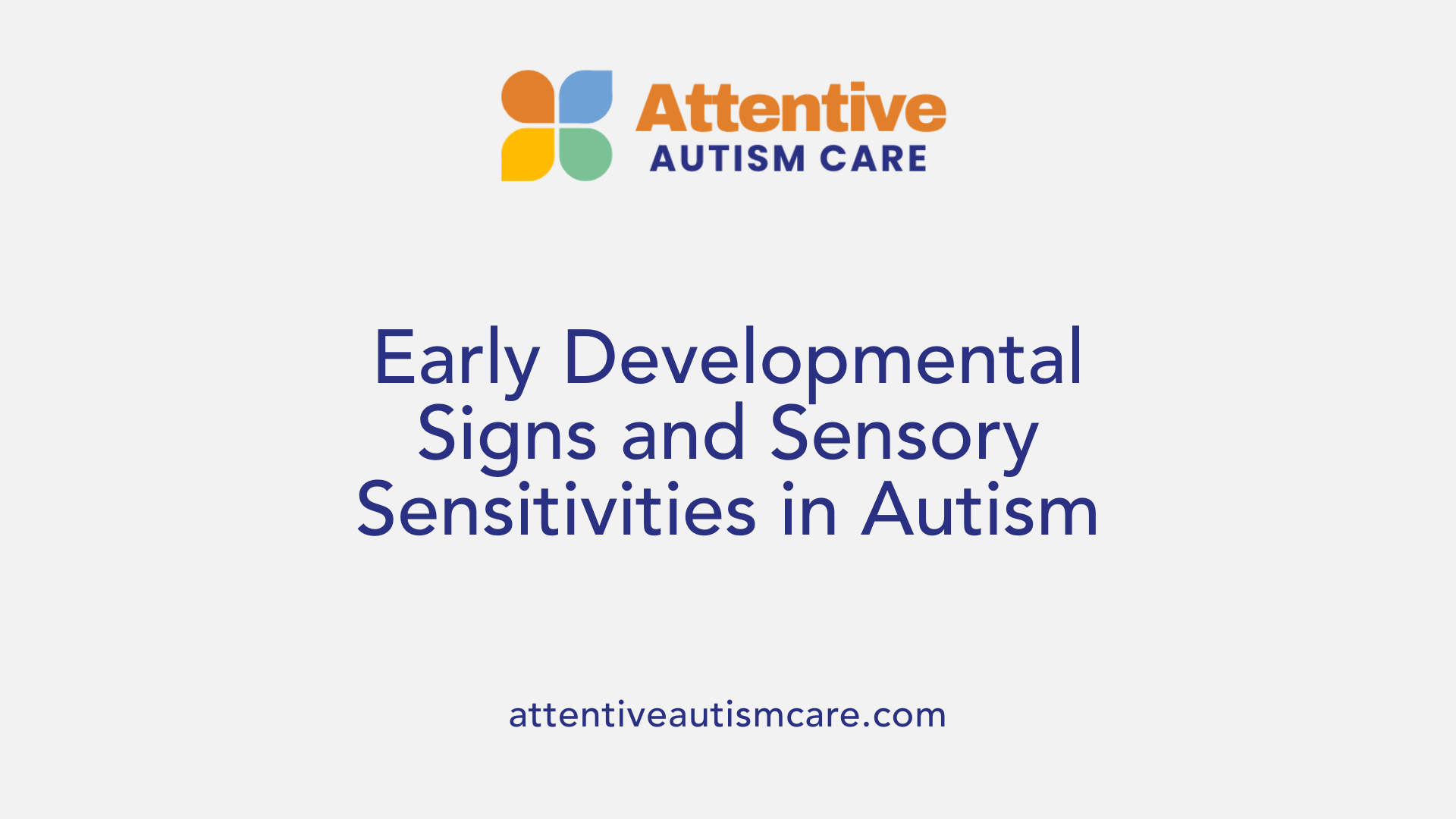
What are common symptoms and clinical features of autism spectrum disorder?
Autism spectrum disorder (ASD) manifests through a variety of signs that typically emerge during early childhood. One hallmark of ASD is difficulty with social communication and interaction. Children and adults with autism may avoid eye contact, have delayed speech development, or find it hard to interpret social cues such as facial expressions or body language.
Repetitive behaviors are prominent, with individuals often engaging in actions like hand-flapping, rocking, or spinning. Some may also repeat words or phrases, a behavior known as echolalia. These repetitive routines and behaviors serve to provide comfort and predictability in a world that often feels overwhelming.
Sensory sensitivities are common among those with ASD. They can be hypersensitive, reacting strongly to sounds, lights, textures, or smells, or hyposensitive, showing reduced responses to sensory input. These sensitivities can significantly impact daily functioning and comfort.
Early development signs may include reduced eye contact, limited response to their name, and a tendency to focus intensely on specific objects or interests. These signs can be noticed as early as infancy, though a formal diagnosis is usually made around ages 2 to 3 when behaviors become more clearly observable.
The diversity of symptoms varies widely from person to person. While some individuals experience profound challenges, others may have mild symptoms or high cognitive abilities. In many cases, the core features are difficulties with social communication and restricted, repetitive behaviors, which define the spectrum of autism.
Symptomatic Overlap and Distinctions

What are the similarities and differences between Tourette syndrome and autism spectrum disorder?
Tourette syndrome (TS) and autism spectrum disorder (ASD) are both neurodevelopmental conditions that begin in childhood, predominantly affect males, and involve involuntary or repetitive behaviors. However, they have distinct core features that set them apart.
TS is primarily characterized by motor and vocal tics — sudden, repetitive movements or sounds that individuals cannot control. Most individuals experience both types, and for many, these tics lessen or even disappear as they reach adolescence or adulthood. A hallmark of TS is the premonitory urge, a sensation that often precedes tics.
On the other hand, ASD involves challenges with social communication, interaction, and the presence of restrictive, repetitive behaviors. These behaviors may include stereotypies — repetitive movements or interests that are typically different from tics. ASD also involves sensory sensitivities and deficits in social skills.
Both disorders can involve some overlapping behaviors, such as speech abnormalities like echolalia (repeating others' words) and heightened sensory sensitivities. These shared symptoms can sometimes complicate diagnosis, especially since both conditions can exhibit repetitive behaviors and sensory phenomena.
Despite overlapping features, the two are separate conditions with different diagnostic criteria. For example, repetitive behaviors in ASD are often linked to sensory processing or social routines, whereas tics in TS are involuntary and often preceded by urges.
Research indicates comorbidity rates of about 6-8% among children with ASD also experiencing tics, and the genetic overlap supports a shared spectrum of neurodevelopmental traits. Genes associated with these conditions are often expressed in the brain and related structures involved in stress, reinforcing the biological links.
In summary, while TS and ASD share certain behavioral and sensory features, their core differences lie in the nature of behaviors—voluntary and involuntary—and the primary challenges faced by individuals. Proper diagnosis is essential to tailor effective support and treatments for affected individuals.
Prevalence and Co-Occurrence Rates

How often do Tourette syndrome and autism spectrum disorder occur together?
The co-occurrence of Tourette syndrome (TS) and autism spectrum disorder (ASD) has been widely studied, and findings suggest that they often overlap. On average, about 4 to 5% of individuals with TS also have ASD, based on both population-based and clinical research.
Research indicates that around 6% to 22% of people with TS exhibit some symptoms of ASD, highlighting a significant intersection between the two conditions. Conversely, approximately 20% of children diagnosed with ASD display tic symptoms characteristic of TS.
Further studies have shown that in children, the prevalence of tic symptoms within the autism population can reach 18.4%. Among clinical groups, the rate at which ASD is diagnosed among those with TS is approximately 12%, especially in children, with figures decreasing in adulthood.
These percentages vary based on several factors, including the severity of symptoms, cognitive abilities, and diagnostic methods used. For instance, higher rates of co-occurrence tend to be reported in population studies compared to clinical settings.
The relationship between TS and ASD is supported by shared genetics and neurological pathways. Many genes linked to both conditions are highly expressed in brain regions involved in stress response and neurodevelopment.
Understanding this overlap is essential for clinicians to monitor and manage both conditions effectively. Early detection can improve treatment strategies, particularly for behaviors that mimic each other or co-occur, such as repetitive behaviors and sensory sensitivities.
| Condition | Approximate Prevalence | Notes |
|---|---|---|
| TS in ASD | 4.8% (population studies) | Clinical samples range from 4% to 11% |
| ASD in TS | 4–5% | Higher in children (around 22.8%) compared to adults (8.7%) |
| Tics in ASD | 18.4% | Found in individuals with ASD, often associated with higher IQ |
| Co-occurrence (general) | 4-12% | Varies by study and population |
Both conditions influence each other’s presentation, which underscores the importance of thorough assessment. Recognizing the shared and unique features aids in implementing targeted interventions and supports for affected individuals.
Genetic and Neurobiological Underpinnings
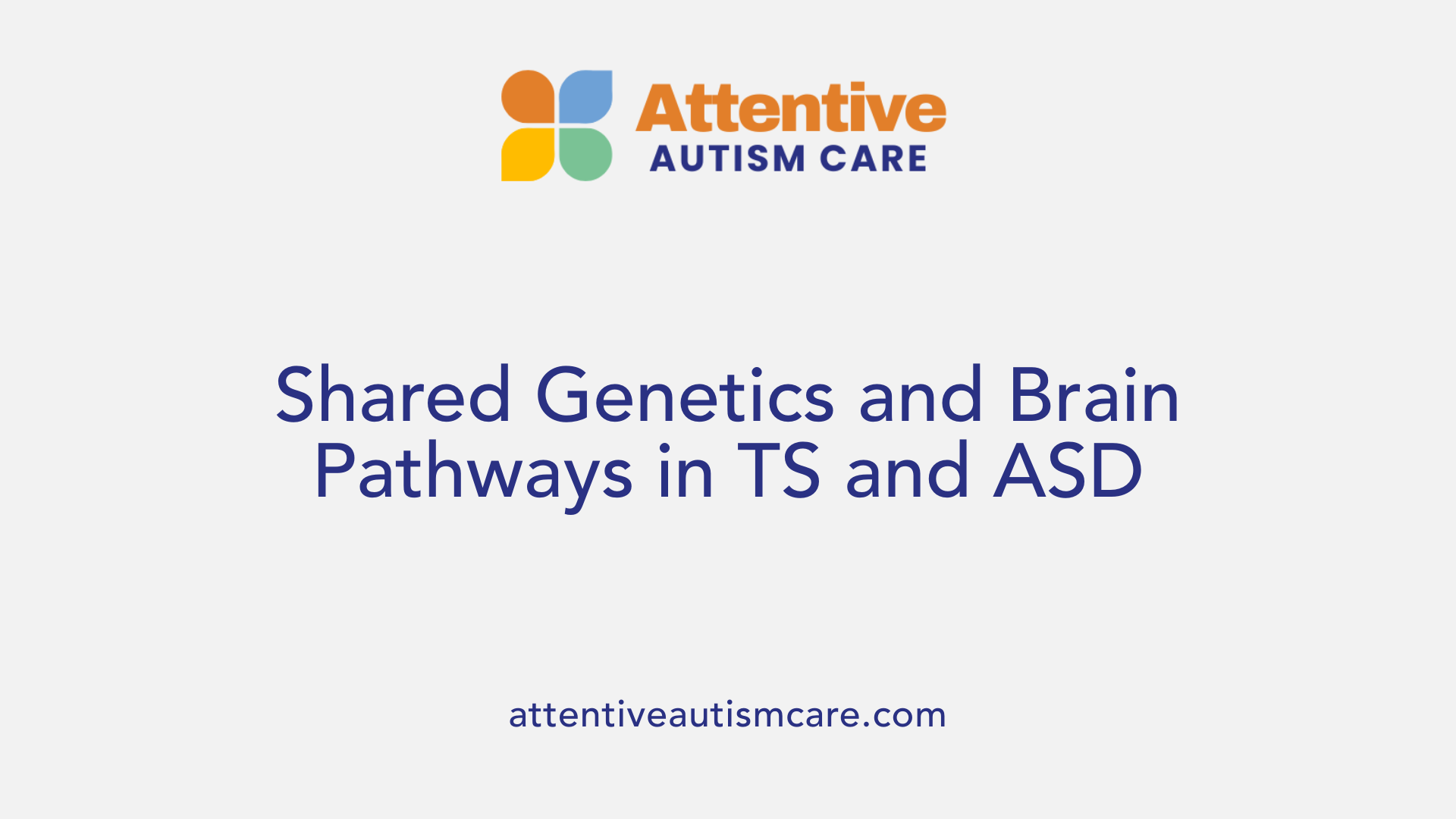
What are the current understandings of the neurological, genetic, and behavioral connections between Tourette syndrome and autism?
Recent scientific investigations reveal that Tourette syndrome (TS) and autism spectrum disorder (ASD) share notable overlap in their genetic and neural foundations. Both conditions involve complex neurodevelopmental processes that influence how neurons connect and communicate within the brain.
Genetically, researchers have identified common loci and pleiotropic effects—where a single gene impacts multiple traits—linking these disorders. Several genes involved in synapse formation, such as neurexins and neuroligins, are implicated in both TS and ASD. These genes are crucial for establishing and maintaining neuron connections, suggesting that disruptions here may contribute to symptom development across both conditions.
Neurobiological studies highlight that these disorders involve abnormalities in specific brain regions. The basal ganglia—a group of structures deeply involved in movement regulation—is often affected, explaining the involuntary tics in TS and stereotypies in ASD. Moreover, pathways related to neuronal growth, axonogenesis, and synaptic signaling are disrupted, impacting broader neural circuits.
Particularly, circuits involving the hypothalamus-pituitary-adrenal (HPA) axis have been implicated, linking stress response mechanisms to symptom expression. Such overlaps in brain regions and pathways are complemented by behavioral similarities, like speech irregularities and delays in development.
The ongoing research employs genetic analyses, brain imaging, and pathway studies to better understand these overlaps. This integrative approach aims to uncover how variances in genes and neuronal connectivity contribute to the shared features of TS and ASD, paving the way for more targeted interventions.
| Aspect | Findings | Implications |
|---|---|---|
| Genetic overlap | Shared loci, pleiotropy involving synaptic genes | Supports common genetic roots |
| Brain regions involved | Basal ganglia, hypothalamus-pituitary-adrenal axis | Explains motor and neuroendocrine symptoms |
| Shared genetic variants | Neurexins, neuroligins | Targets for potential therapies |
| Neuronal connectivity | Synapse formation disruptions | Links to neurodevelopmental delays |
Understanding these interconnected pathways enhances our grasp of how TS and ASD relate biologically and informs future research directions.
Myth Busting and Common Misconceptions
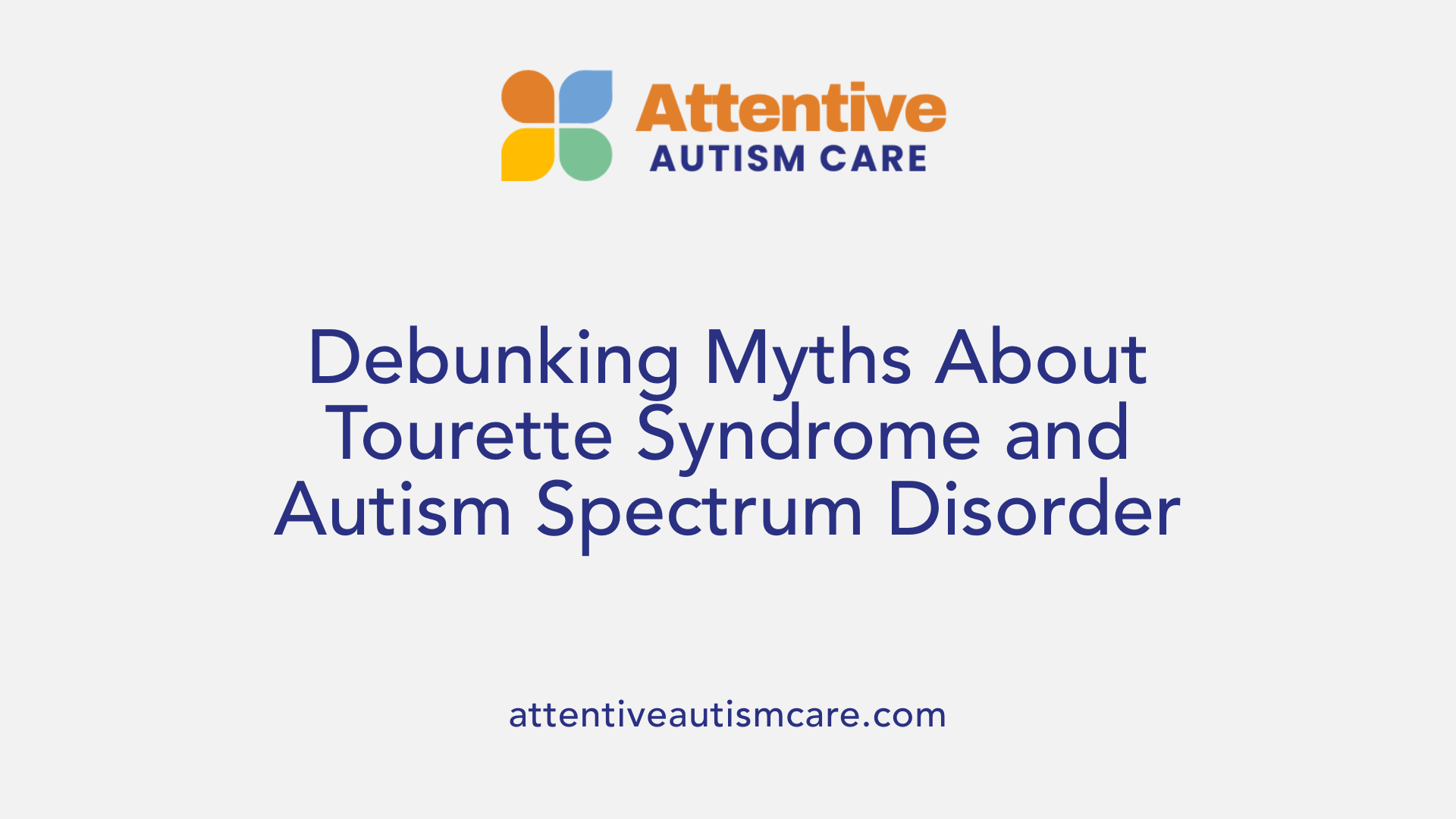
What are common myths and misconceptions about Tourette syndrome and autism?
There are several misconceptions surrounding Tourette syndrome (TS) and autism spectrum disorder (ASD). A prevalent myth about TS is that all individuals with the condition swear or behave badly, but in reality, only around 15-20% of people with TS exhibit coprolalia, which is the involuntary swearing or socially inappropriate noises.
Many assume that tics can be fully controlled through willpower or effort. While some individuals may temporarily suppress their tics, these actions are involuntary and often accompanied by a premonitory urge — an uncomfortable sensation prompting the tic.
Another misconception is that TS is caused by stress or poor parenting. Scientific research indicates that TS has neurological and genetic origins, involving abnormal brain activity and inherited factors.
People also believe TS only affects children or that it impairs a person’s intelligence. Actually, TS can affect individuals across all ages, and most have typical cognitive abilities. Tics can lessen or disappear with age, especially during adolescence and adulthood.
Understanding these truths reduces stereotypes and fosters a more accurate view of TS and autism. It’s important to recognize that while these conditions may share some overlapping behaviors, they have distinct causes and characteristics. Clearing up these myths helps promote empathy and informed support for those affected.
Research Developments on Overlap and Distinctions
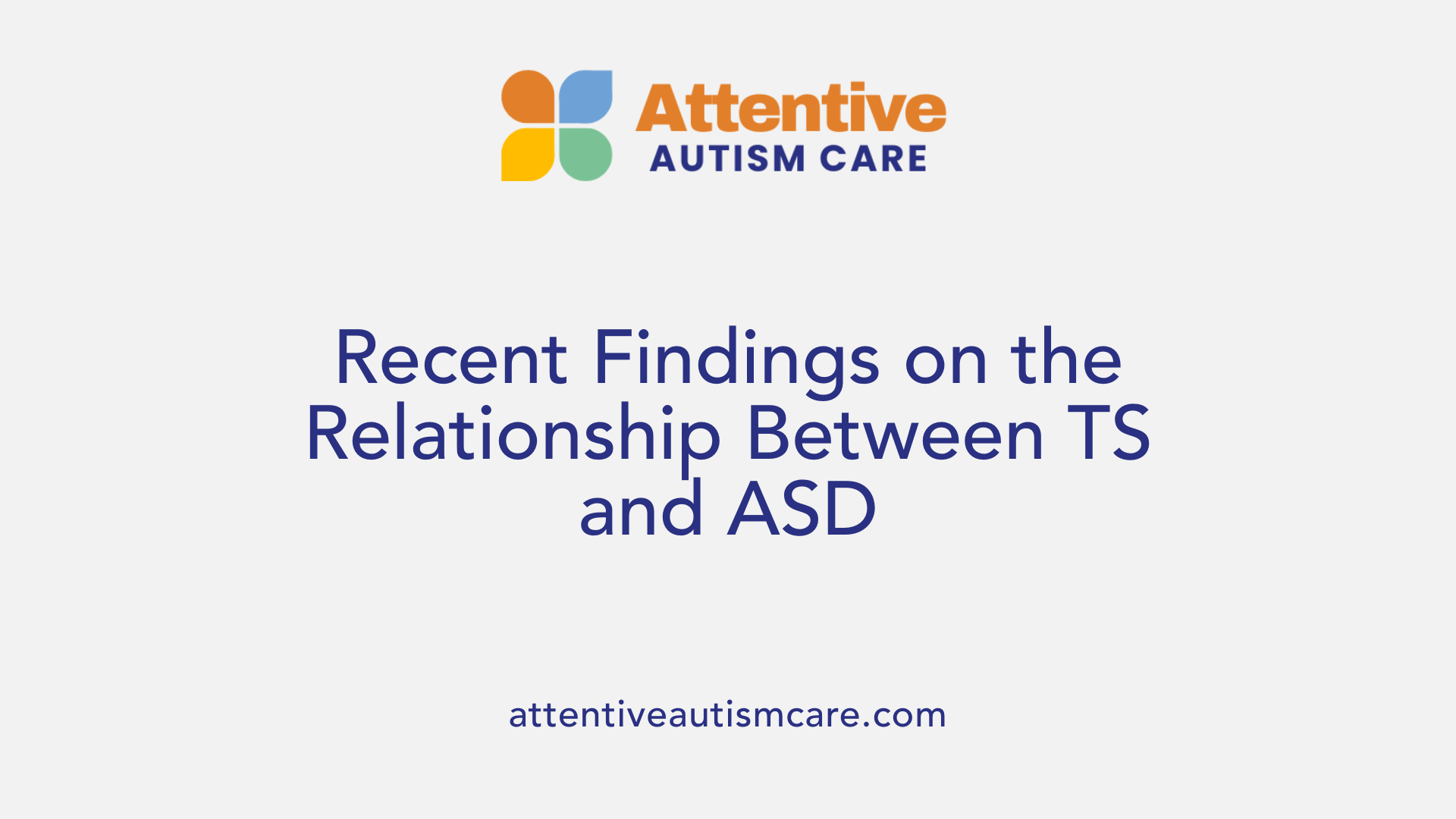
What research has been conducted on the overlap and distinctions between Tourette syndrome and autism?
Recent studies highlight that Tourette syndrome (TS) and autism spectrum disorder (ASD) frequently co-occur and share overlapping features, although they are distinct conditions. Approximately 12% of children with TS meet criteria for probable ASD based on the Social Responsiveness Scale (SRS), with higher rates, up to 22.8%, observed in children compared to adults.
Many autism-like symptoms in children with TS, such as repetitive behaviors and social communication challenges, may reflect symptom overlap or phenocopies rather than true autism diagnoses. This distinction is critical in clinical assessments, which must differentiate between tics, stereotypies, and genuine social deficits.
Genetic research has uncovered shared heritability amongst TS, ASD, attention-deficit/hyperactivity disorder (ADHD), and obsessive-compulsive disorder (OCD). Data involving over 93,000 individuals revealed seven genome regions and multiple genes associated with these neurodevelopmental conditions. These genes are highly expressed in various brain regions, including those involved in stress response, such as the hypothalamus and adrenal glands, indicating a common neurobiological substrate.
Neuroimaging studies support these genetic findings, showing that brain areas like the cortex and basal ganglia are involved in both TS and ASD. Tissue analyses suggest that alterations in these regions influence the manifestation of tics, stereotypies, and social behaviors.
Overall, current research emphasizes a complex interplay of genetic, neurobiological, and behavioral factors contributing to both overlapping and distinct features of TS and ASD. This scientific progress aims to refine diagnostic criteria, improve differentiation, and develop targeted therapies for individuals exhibiting symptoms of either or both conditions.
Support and Educational Resources
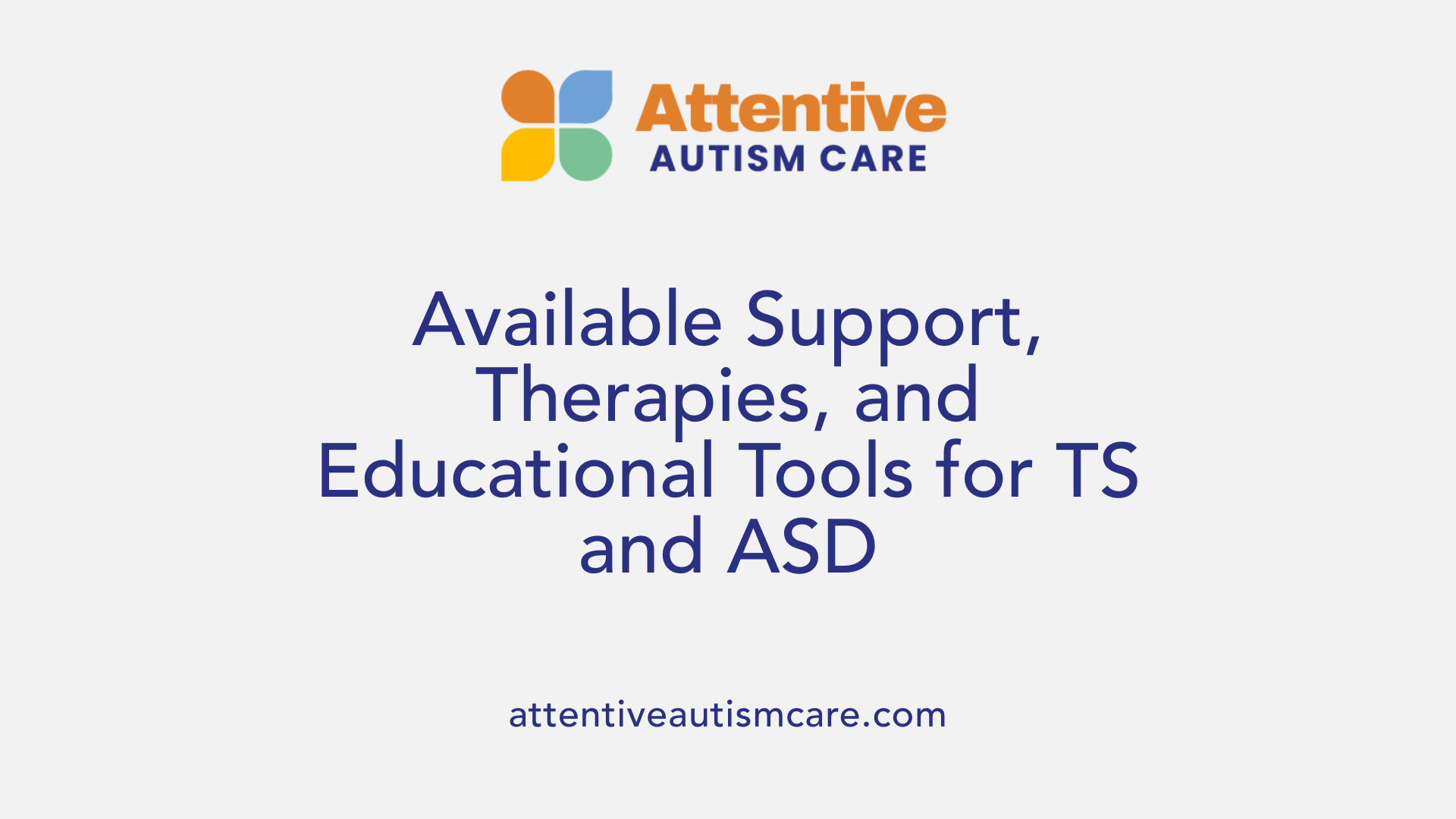
What support strategies and resources are available for individuals with Tourette syndrome and autism?
Support for individuals with both Tourette syndrome (TS) and autism spectrum disorder (ASD) involves a combination of therapies, educational strategies, and community resources designed to improve quality of life and facilitate social and academic integration.
One of the most effective treatment approaches for managing tics is behavioral therapy, particularly Comprehensive Behavioral Intervention for Tics (CBIT). This evidence-based therapy helps individuals recognize premonitory urges and develop competing responses to reduce tic frequency. Pharmacological options may also be considered under medical supervision.
Specialized centers play a crucial role in offering tailored support. For example, Phoenix Children’s Hospital’s Tourette Association of America Center of Excellence provides multidisciplinary care, integrating behavioral, medical, and educational services to address individual needs.
Educational accommodations are another vital resource. Individualized Education Plans (IEPs) ensure that students with TS and ASD receive appropriate support within school settings. This may include modified classroom environments, adjusted teaching methods, and teacher training focused on understanding tics and sensory sensitivities.
Community support networks and awareness initiatives further help individuals navigate social challenges. Resources such as printable "I Have TS" cards allow individuals to communicate their condition discreetly and effectively, reducing misunderstandings. Support groups, both online and in-person, provide peer connection, shared experiences, and emotional support.
Organizations like the Centers for Disease Control and Prevention (CDC) and the Tourette Association of America offer extensive educational materials. These include guides, toolkits, and online training modules available in multiple languages, aimed at families, educators, and healthcare providers. Such resources promote understanding, reduce stigma, and empower stakeholders to manage symptoms proactively.
In addition, awareness campaigns and community outreach help foster inclusive environments and increase social acceptance. Overall, combining medical, educational, and community resources creates a comprehensive support system tailored to each individual's needs.
Communication and Educational Strategies for Caregivers and Professionals
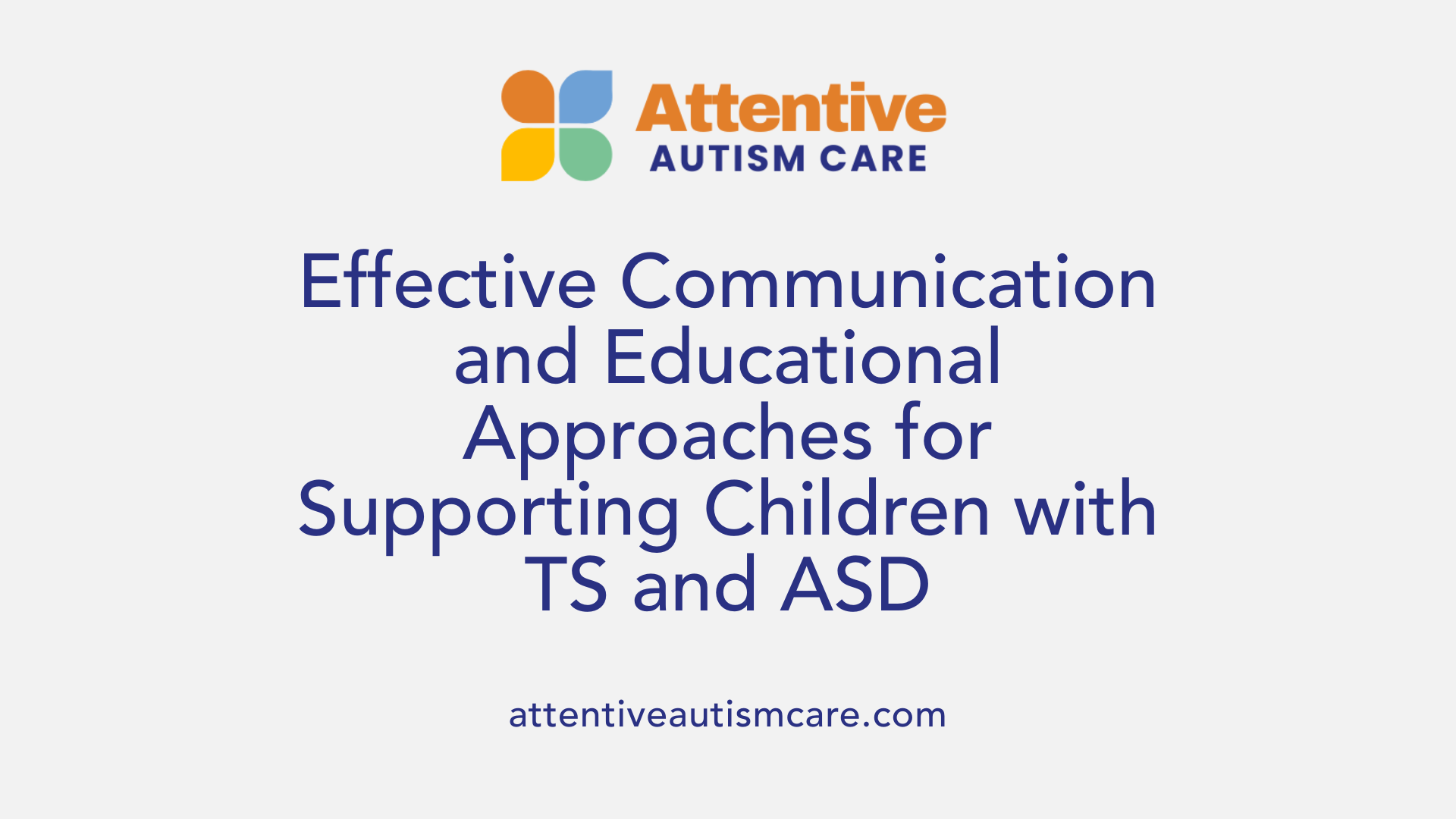
What educational information should be shared with parents, caregivers, and professionals about Tourette syndrome and autism?
Providing accurate and comprehensive educational information is essential for supporting children with Tourette syndrome (TS) and autism spectrum disorder (ASD). This includes detailed descriptions of their symptoms, such as motor and vocal tics in TS, and repetitive behaviors, social communication challenges, and sensory sensitivities in ASD.
It is important to clarify that while some behaviors may look similar, TS and autism are distinct conditions with separate diagnostic criteria. However, both can share overlapping features like sensory sensitivities and speech abnormalities, such as echolalia.
Since many children with TS also exhibit autistic symptoms, including repetitive behaviors and sensory phenomena, education should highlight the high prevalence of co-occurrence. For example, around 21% of children diagnosed with autism are also diagnosed with Tourette’s or related tic disorders.
Shared challenges and behaviors should be explained, along with the variability in presentation and severity. Teachers, parents, and caregivers need to understand that tics often lessen with age, with many children experiencing fewer symptoms by adulthood, whereas autism symptoms tend to persist longer.
Educational resources should also include guidance on behavioral interventions like Comprehensive Behavioral Intervention for Tics (CBIT), which helps manage tics. Additionally, raising awareness about myths—such as the false notion that all individuals with TS swear—is crucial to reduce stigma and misconceptions.
Providing accessible materials, webinars, and toolkits from reputable organizations like the CDC, NIH, and the Tourette Association of America can empower caregivers and professionals. These materials contribute to better understanding, acceptance, and effective support strategies.
Furthermore, training educators and caregivers on managing behaviors, supporting sensory needs, and promoting respectful interactions is vital. This training fosters supportive environments where children feel safe and accepted.
Finally, it's critical to inform about rights and protections, including anti-bullying policies and accommodations in educational settings. These efforts ensure children with TS and ASD have equal access to learning opportunities and can develop to their full potential.
Moving Forward: Emphasizing Support and Understanding
As scientific research continues to uncover the biological links and distinctions between Tourette syndrome and autism, the focus must remain on fostering understanding, providing appropriate support, and promoting inclusive environments. Recognizing the shared features, while respecting their differences, allows for more tailored interventions that improve outcomes and quality of life for individuals impacted by these conditions. Education, resources, and compassionate awareness are key in building an inclusive society that celebrates neurodiversity and promotes the well-being of all affected individuals.
References
- Autism and Tourettes: What are the Differences?
- [PDF] Differences and similarities of ASD and Tourette Syndrome
- Sensory phenomena in children with Tourette syndrome or autism ...
- Elevated Rate of Autism Symptoms Found in Children with Tourette ...
- Autism Spectrum Symptoms in a Tourette Syndrome Sample - PMC
- A review of co-occurrence of autism spectrum disorder and Tourette ...
- Common variants link autism, ADHD, Tourette syndrome
- Clinical characteristics of comorbid tic disorders in autism spectrum ...
- [PDF] Differences and similarities of ASD and Tourette Syndrome
























































